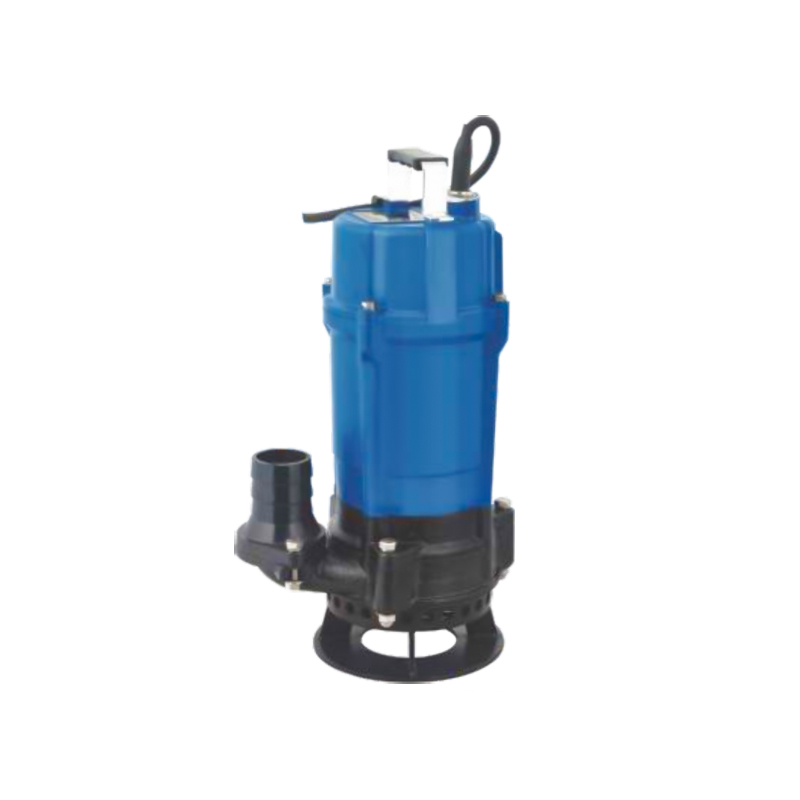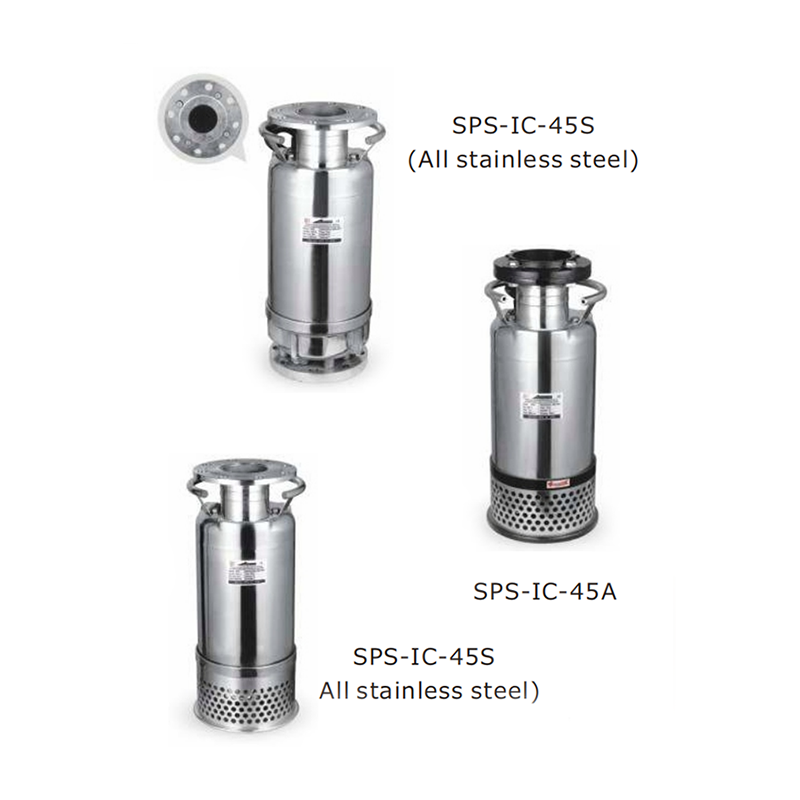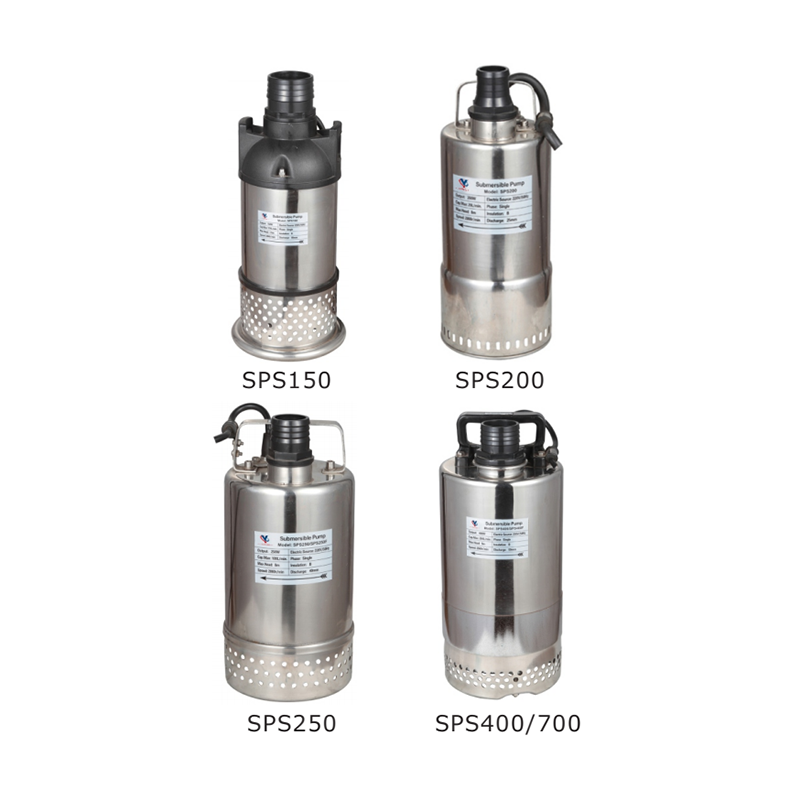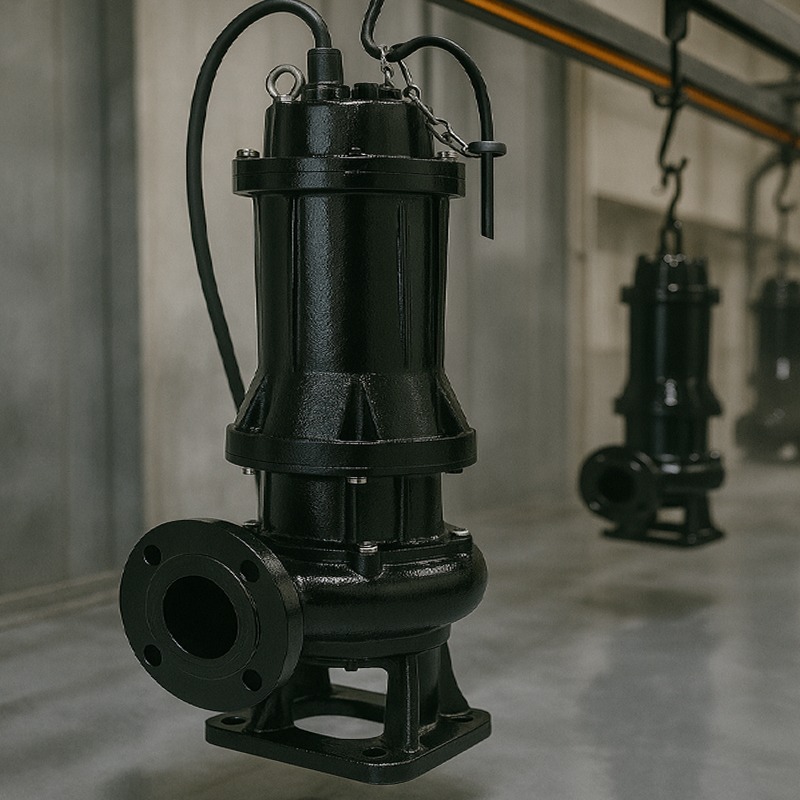 |
Selecting the right surface treatment process for submersible sewage pumps is essential to ensure their durability and performance in harsh operating conditions. Spray painting offers flexibility and strong protection, making it suitable for complex components. Powder coating provides thick and uniform coatings, ideal for simple-shaped components. Electrocoating ensures uniform and corrosion-resistant coatings, good for large-scale production. For HT200 cast iron submersible sewage pumps, spray painting and electrocoating are highly recommended to achieve a service life of 2-5 years without paint peeling. |
Spray Painting Process
Advantages
· High Flexibility: Different combinations of primer and topcoat can be chosen to meet specific corrosion resistance requirements. For example, epoxy zinc-rich primer provides good corrosion resistance.
· Strong Adaptability: Suitable for various shapes and sizes of submersible sewage pump components, including complex internal and external surfaces.
· Superior Protection: Multiple layers of spraying (e.g., two coats of primer + two coats of topcoat) can form a thicker paint film, enhancing corrosion and wear resistance.
· Moderate Cost: Compared to electrocoating and powder coating, spray painting has lower equipment and material costs, making it ideal for small to medium-scale production.
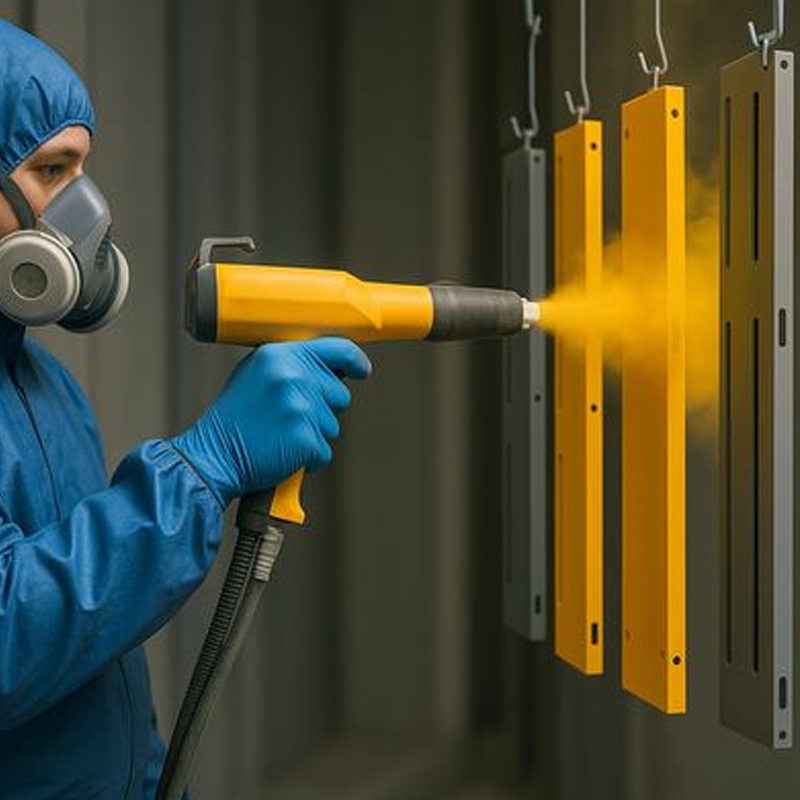 |
Disadvantages
· High Environmental Requirements: Traditional solvent-based spray painting generates volatile organic compounds (VOCs), necessitating exhaust gas treatment equipment.
· Stringent Construction Environment: The process must be carried out in a spray booth with specific requirements for temperature, humidity, and ventilation.
Applications
Ideal for submersible sewage pump components with complex shapes and high corrosion resistance requirements, such as impellers and pump casings, where both durability and wear resistance are crucial.
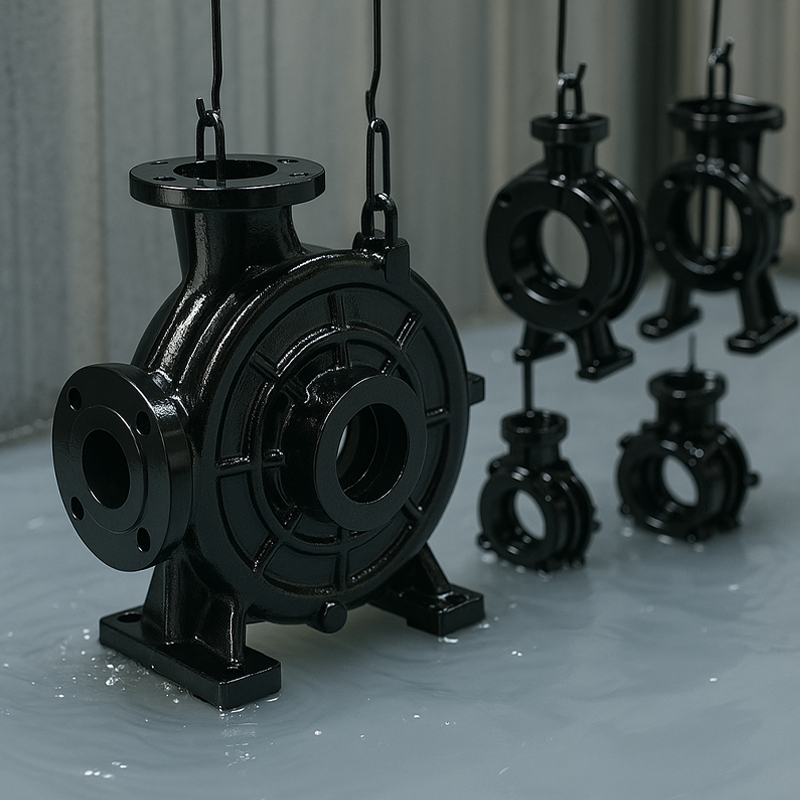 |
Powder Coating Process
Advantages
· Thick and Uniform Coating: Powder coating typically achieves a thickness of 80-120 micrometers, providing robust wear and corrosion resistance.
· High-Quality Appearance: The surface finish is smooth, with options for semi-gloss or textured finishes, and good color consistency.
· Environmental Friendliness: Powder coating has a high material utilization rate and minimal paint waste.
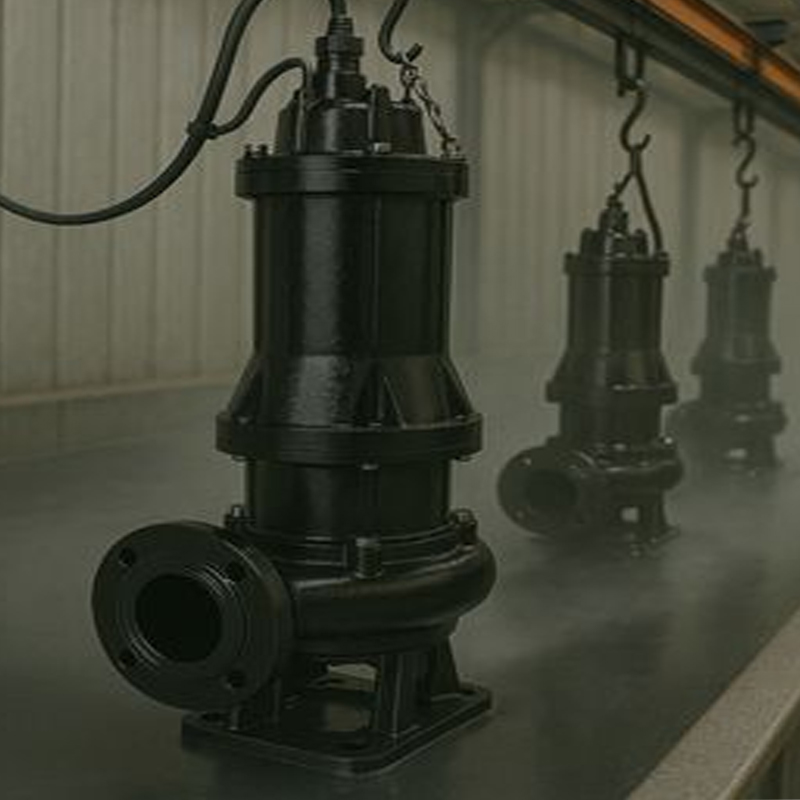 |
Disadvantages
· High Equipment Costs: Specialized powder coating equipment and curing ovens are required, representing a significant initial investment.
· Complex Process: Pre-treatment (e.g., acid washing, phosphating, or shot blasting) and post-treatment (e.g., applying rust preventive oil) are necessary, lengthening the process.
· Limited Applicability: Coating complex-shaped components, such as impellers, can be challenging.
Applications
Suitable for simple-shaped submersible sewage pump components that require thick coatings, such as pump housings, where surface quality and protection are paramount.
Electrocoating Process
Advantages
· Uniform Coating: Electrocoating ensures even coverage of all surfaces, including internal and corner areas, making it suitable for complex-shaped components.
· Excellent Corrosion Resistance: The electrocoating film has strong adhesion and corrosion resistance, effectively preventing metal rust.
· High Automation: Electrocoating is well-suited for large-scale automated production, offering high efficiency.
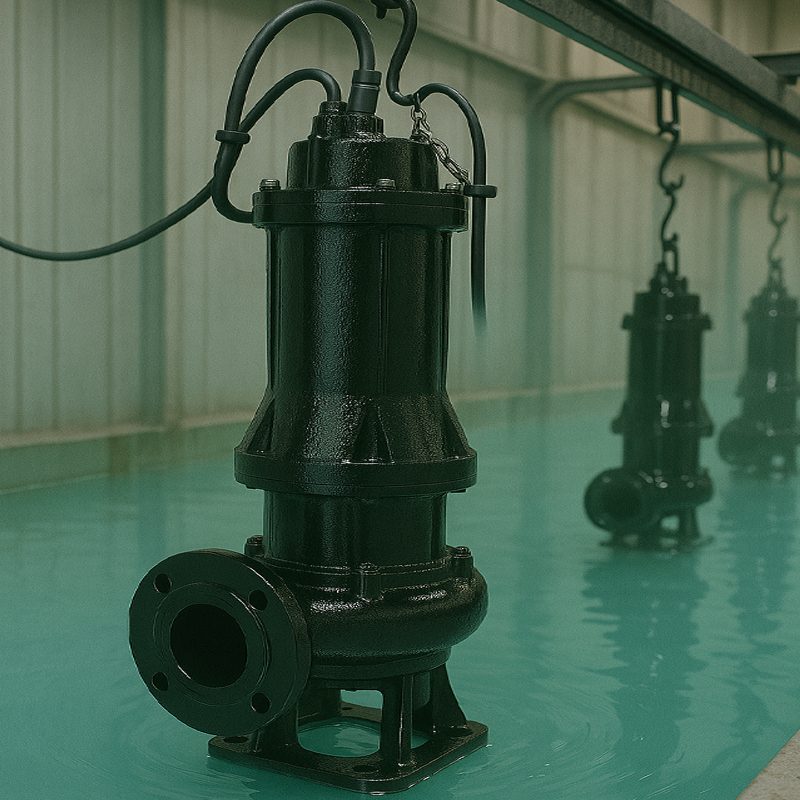 |
Disadvantages
· High Equipment Investment: Large-scale equipment such as electrocoating tanks and drying ovens is required, incurring high initial costs.
· Complex Process: Electrocoating parameters (e.g., voltage, time, temperature) must be strictly controlled, demanding skilled operators.
· Limited Applicability: The relatively thin coating (typically 20-30 micrometers) may not provide sufficient protection for components requiring thicker coatings.
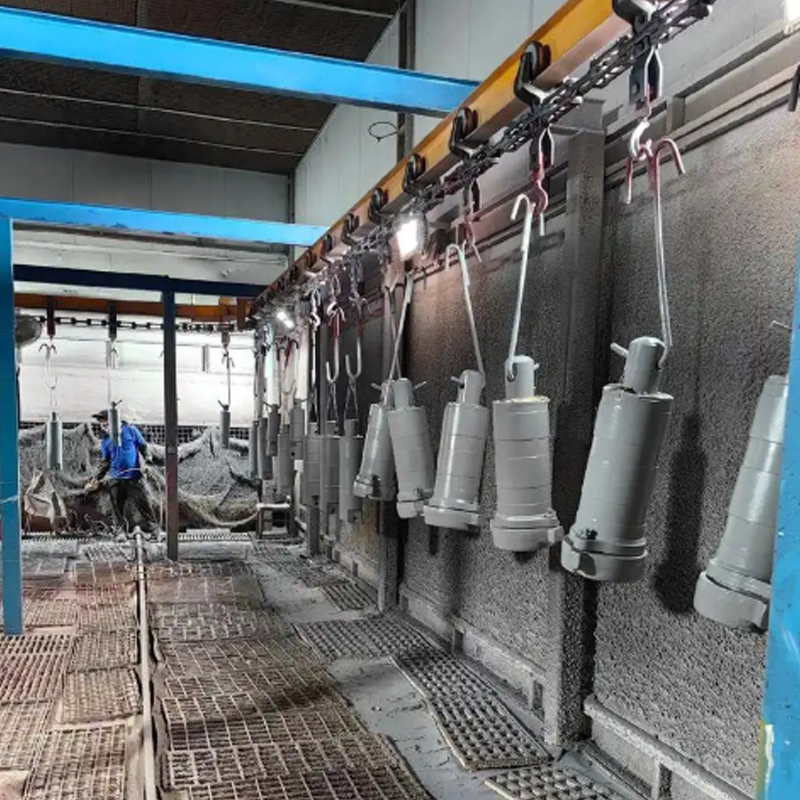 |
Applications
Ideal for small components in large-scale production where uniform coating and corrosion resistance are essential.



 English
English русский
русский عربى
عربى